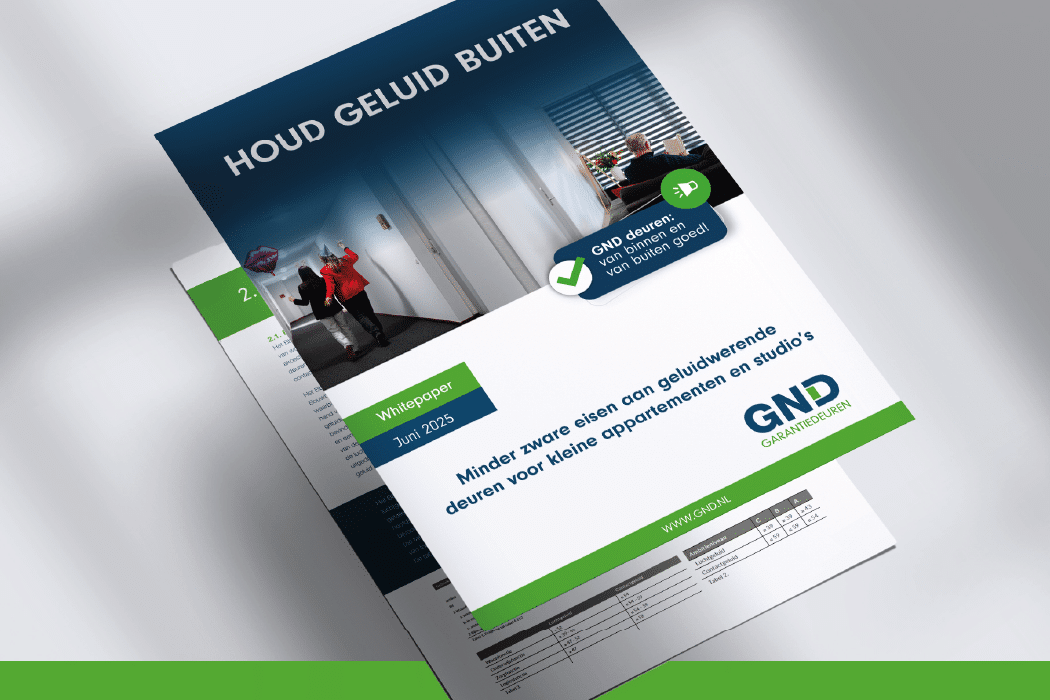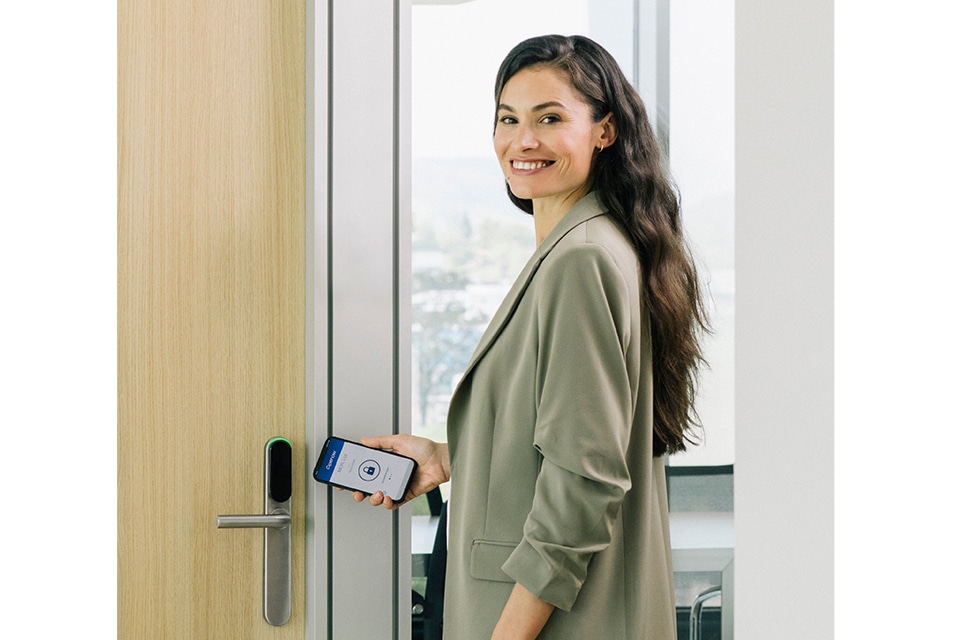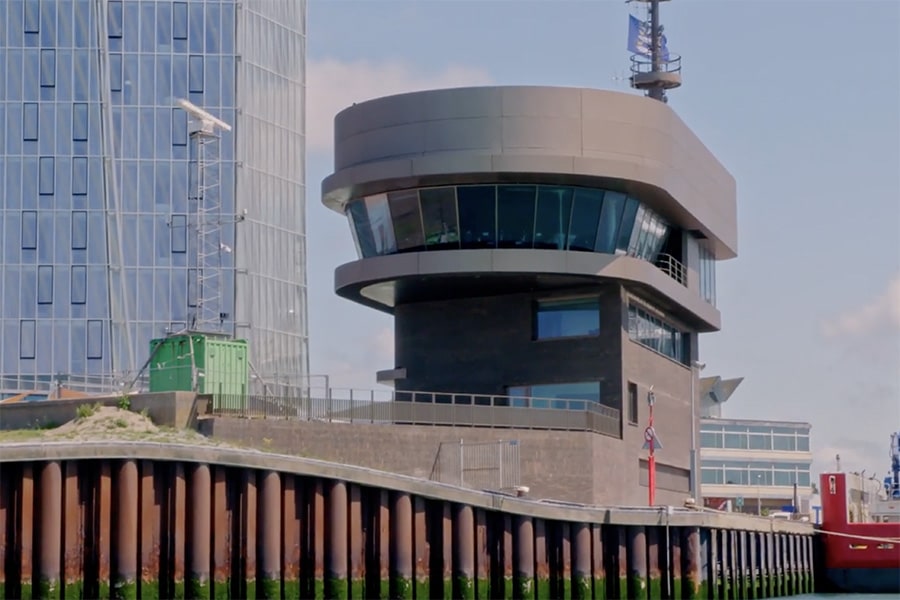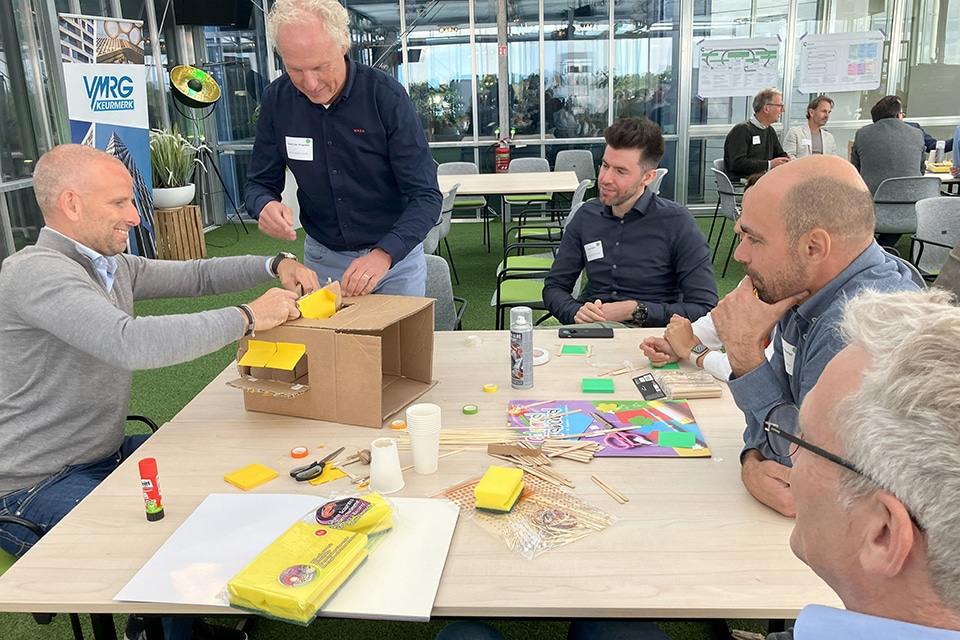
Interactive Workshops. Circular Experience a true experience!
On September 17, the VMRG organized the Circular Experience at Kas Woerden. All attendees were surprised with two active workshops: Circular Game and Design Game, aimed at conveying the importance of the Circular Facade Economy. This new format stimulated the creative senses and created a fun atmosphere. Afterwards, there was an opportunity to talk afterwards and exchange ideas over snacks and drinks during the drinks reception.
Circular Facade Economy
The VMRG is the initiator of the Circular Facade Economy, which was the focus of this event. The Circular Facade Economy is a collaboration between of five trade associations in facade construction: the Metal Window and Facade Industry Association (VMRG), the Plastic Facade Elements Industry Association (VKG), Dutch Trade Association for the Carpentry Industry (NBVT), Bouwend Nederland Vakgroep Glas and Algemene Branchevereniging Hang- en Sluitwerk (VHS).
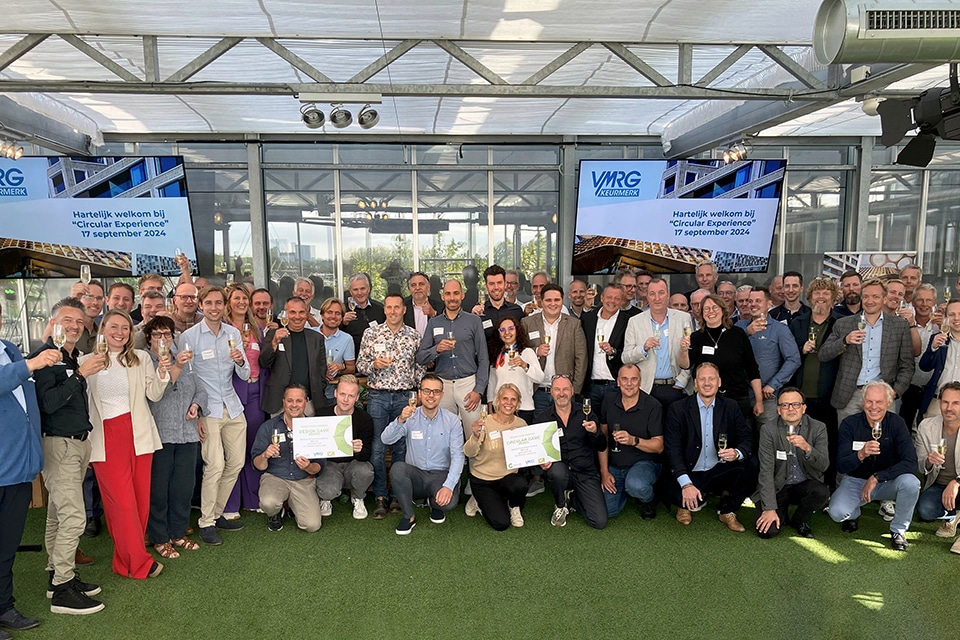
The manufacturers in this industry want to take joint responsibility. That means keeping the quality of facades as high as possible, so that the facades, facade products and materials are suitable for the next cycle and they return to the biological and technical cycles. And it also means designing in such a way that buildings can be easily disassembled, so that products can be "cleanly" reused or recycled. And designing the entire return logistics accordingly.
The Circular Facade Economy is not standing still. In the past year many great steps have been made including the signing of the Facade Agreement and the establishment of the foundation. Even more reason and motivation to transfer knowledge to organizations inside and outside the facade sector.
Sustainable solutions
The importance of circularity in façade construction was the focus of the Circular Experience, an inspiring afternoon in which knowledge sharing and collaboration were paramount. With the aim of transferring knowledge in an interactive and engaging way, various players from the industry were invited to combine their creativity and expertise. The afternoon began with an inspiring opening presentation by Monique Fledderman (Director Circular Facade Economy) and Onno-Hans Nooteboom (Platform-IO), in which attendees were updated on the latest developments within the Circular Facade Economy. They emphasized the urgency and opportunities of circularity in facade construction, which set the tone for the rest of the program. Attendees were energized for the two interactive workshops: the Circular Game and the Design Game. Both workshops challenged attendees to think playfully about sustainable solutions and collaboration, leading to new insights and inspiring ideas. With the words "Let the games begin," the workshops kicked off. Curious and divided into different teams, attendees participated in the activities.
Working together in circle
A mysterious burlap bag, ready for each team on the table, aroused attention to reveal not much later a circular board game. A game that outlines a fictional representation of the processes within the cycle (of aluminum), focusing on its choices and effects. Under the guidance of Monique Fledderman, players in various roles such as manager, developer, designer, demolisher and producer, among others, were asked in four rounds of play to go out and explore the circular processes. The temptation was strong to prefer the best individual choices over the common interest. Although the gains here and there grew, the cycle itself became completely stuck. It challenged to reconsider choices made. As the rounds passed and new game elements were added, it began to show more and more. Teamwork is the solution!
Circular design
Under the guidance of Emma Kolk (Advisor on Circular Innovation and Environment, VMRG), participants took on the challenge of circular design and redesign during this workshop. Each team was given a box of equally distributed materials and was free to make their own creation out of this. The first round the teams were completely absorbed in the design, each design was unique. Only in the second round with the assignment to create an entirely new design with the currently used materials did the value of reuse become tangible. The teams were confronted with such issues as the degree of detachability, damage, flexibility and (design) limitations. Realistic issues that require thinking about circular design, who is responsible for this and at what stage of the process this actually starts.
Circular future
After the workshops ended, the teams were allowed to vote for each other. The two teams with the highest scores were presented as winners during the plenary closing. Each team received a voucher with a nice amount of money to donate to the Utrechts Landschap. A festive toast with flutes concluded the Circular Experience and ushered in the drinks. Here, valuable conversations continued and new connections were created. On to a circular future!
Want to know more?
Heeft u vragen over dit artikel, project of product?
Neem dan rechtstreeks contact op met VMRG.
 Contact opnemen
Contact opnemen

